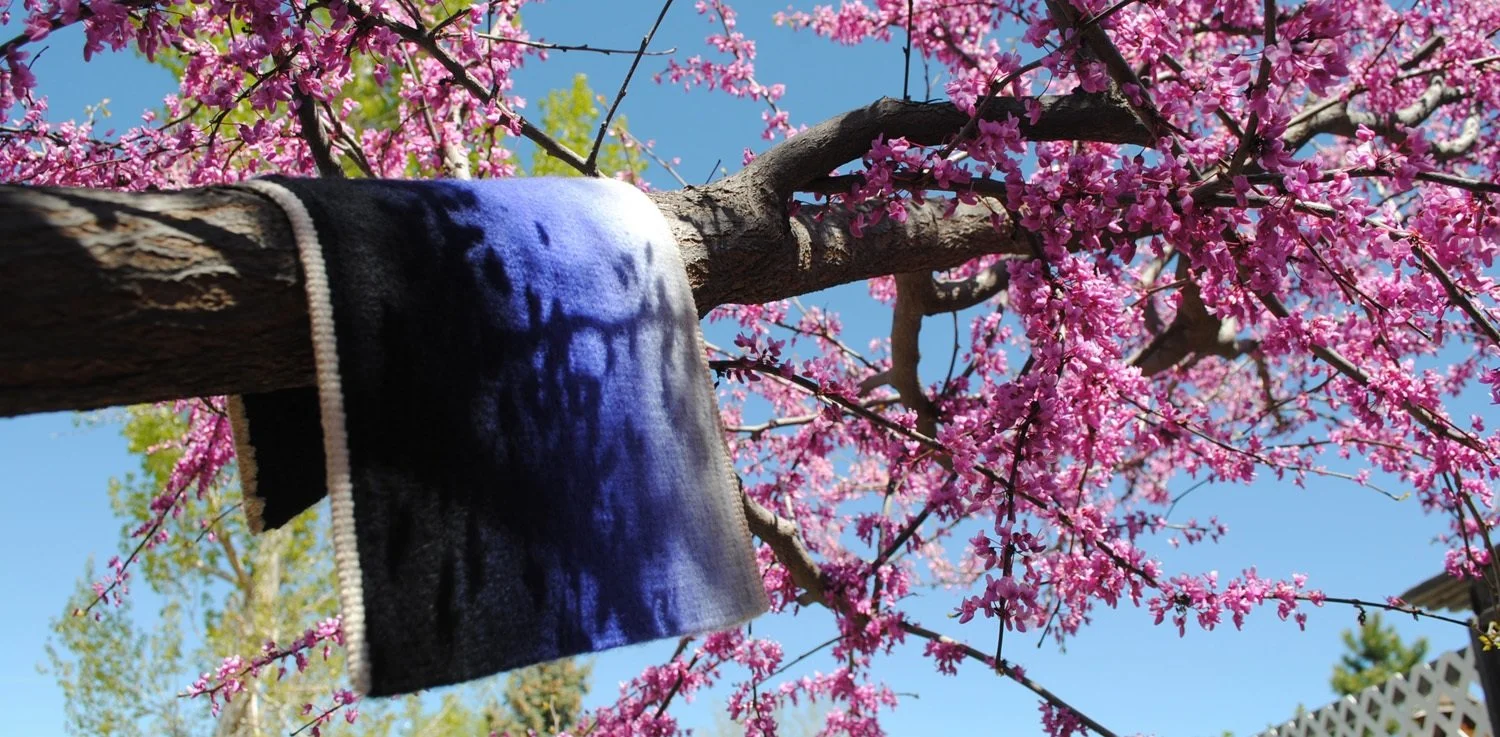I spent last week at one of my favorite places. I haven’t been to Colorado State University’s Mountain Campus since 2019 due to Covid. It was high time I went back. I do go hiking in this area outside of Fort Collins fairly often and have seen the campus from trails above many times since 2020. It felt great to move back into a cabin and teach in the lodge.
The campus is largely used by environmental and forestry students for summer study. They also have a small conference center where I hold tapestry retreats. The property is at 9,000 feet elevation surrounded by high peaks of the Mummy Range and is just a few miles as the trail goes from the border of Rocky Mountain National Park. I love spending part of each of my teaching day wandering the trails, watching moose, birds, and other creatures in the forest and river, and seeing the stars at night.
This year’s retreat was about sketch tapestry. We wove small tapestries based on things we were either experiencing on campus or some students worked from images of other places they brought along. There was frequent laughter, many discoveries, and a lot of tapestries were woven.







